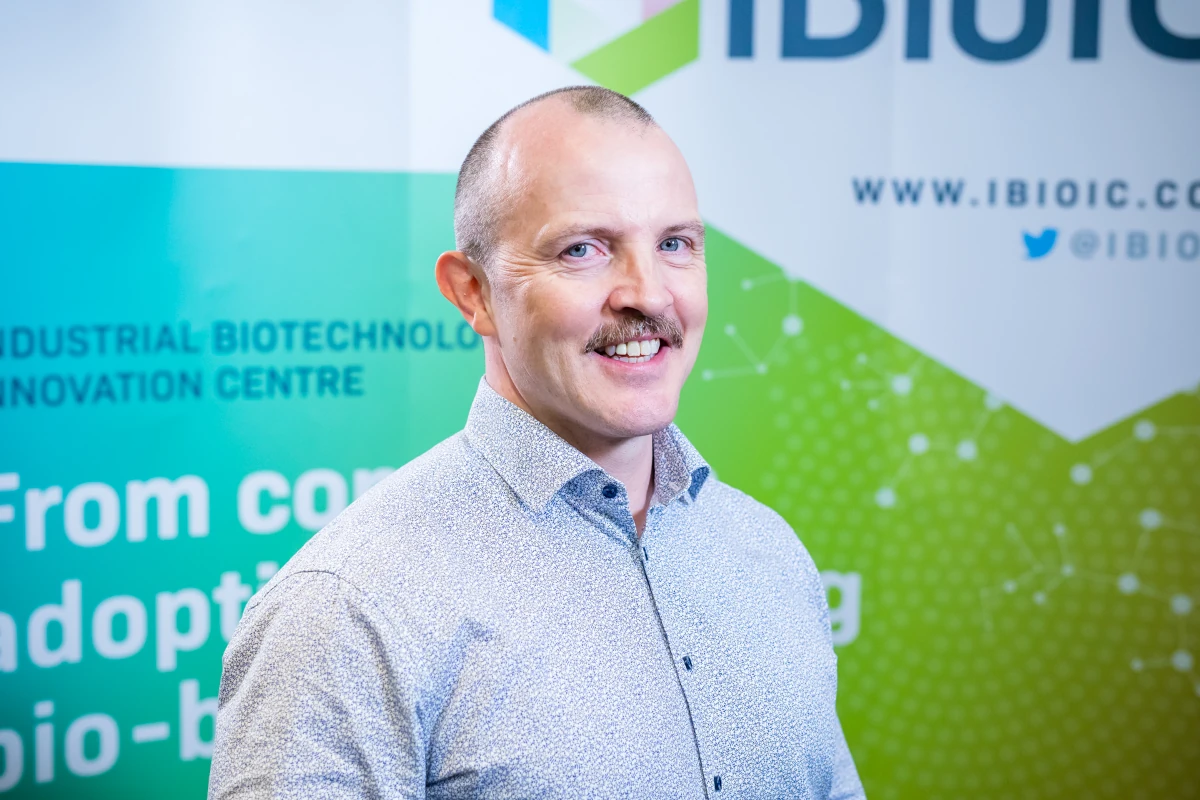
The Industrial Biotechnology Innovation Centre (IBioIC) has launched a refreshed Scottish Bioresource Mapping Tool to help more businesses make the case for investing in biotechnology facilities and processes.
The platform is designed to help businesses identify the availability of different feedstocks – from agriculture and forestry waste to food and drink co-products, industrial carbon dioxide and seaweed – that could form the basis of a range of new, greener, bio-based products and processes. Materials that are seen as waste or by-products from one industry could be transformed into high value products including biofuels and bioplastics.
The new Scottish Bioresource Mapping Tool builds on a pilot platform first launched in 2018 as a result of a collaboration between Zero Waste Scotland, Scottish Enterprise and IBioIC. For this latest iteration, Zero Waste Scotland funded work to update data from a wide range of sources to help biotechnology companies and investors identify and harness the potential opportunities that Scotland presents.
The database is believed to be one of only three bioresource tools available worldwide, with researchers and development agencies in Ireland and Andalucia having also developed similar platforms to encourage local biotechnology activity.
Armed with new information about the volume and locations of these important raw materials, companies considering next steps in Scotland can make informed decisions on factors such as the most promising feedstocks to select for scale up or the best location for setting up new facilities. Any companies that are interested in using the tool to gather information are invited to speak to IBioIC directly or may also be referred by their local enterprise agency.
Kim Cameron, senior business engagement manager at IBioIC, said: “It is often said that one industry’s waste is another’s gold, and the Scottish Bioresource Mapping Tool is a great way to connect the people and businesses generating co-products or excess materials with potential users across a range of industries. In the past enquiries have included those from bio-energy companies, drinks producers and insect farmers, highlighting the wide range of possibilities the tool presents.
“With access to this type of information, we hope to encourage more businesses to invest in Scotland’s bioeconomy, safe in the knowledge that the feedstock they require for products and processes is readily available here. Ultimately, the tool helps ensure the by-products produced by multiple industries find more sustainable and high value uses.”
Amanda Ingram, Bioeconomy Partner at Zero Waste Scotland, said: “The Bioresource Mapping Tool enables enterprises to locate potential feedstocks for bio-based processes that have local availability, are economically viable and offer resilience against future resource shocks. We are delighted to provide updated data for the tool that will support the development of higher value opportunities for waste and by-products and enable a more circular bioeconomy in Scotland.
“By better utilising food and drink by-products alone, it is estimated that £500-£800million per year could be achieved for Scotland’s economy. The environmental benefits are also evident; better use of existing materials means we can reduce demand for natural resources and use renewable materials to create sustainable opportunities for food, feed, materials and energy, thereby increasing resource resilience, reducing emissions, and helping businesses progress their net zero targets.”
For more information, visit: www.ibioic.com/scottish-bioresource-mapping-tool
- SEO Powered Content & PR Distribution. Get Amplified Today.
- PlatoData.Network Vertical Generative Ai. Empower Yourself. Access Here.
- PlatoAiStream. Web3 Intelligence. Knowledge Amplified. Access Here.
- PlatoESG. Carbon, CleanTech, Energy, Environment, Solar, Waste Management. Access Here.
- PlatoHealth. Biotech and Clinical Trials Intelligence. Access Here.
- Source: https://envirotecmagazine.com/2024/05/27/mapping-tool-aims-to-drive-investment-in-scotlands-bioeconomy-by-signposting-valuable-raw-materials/




